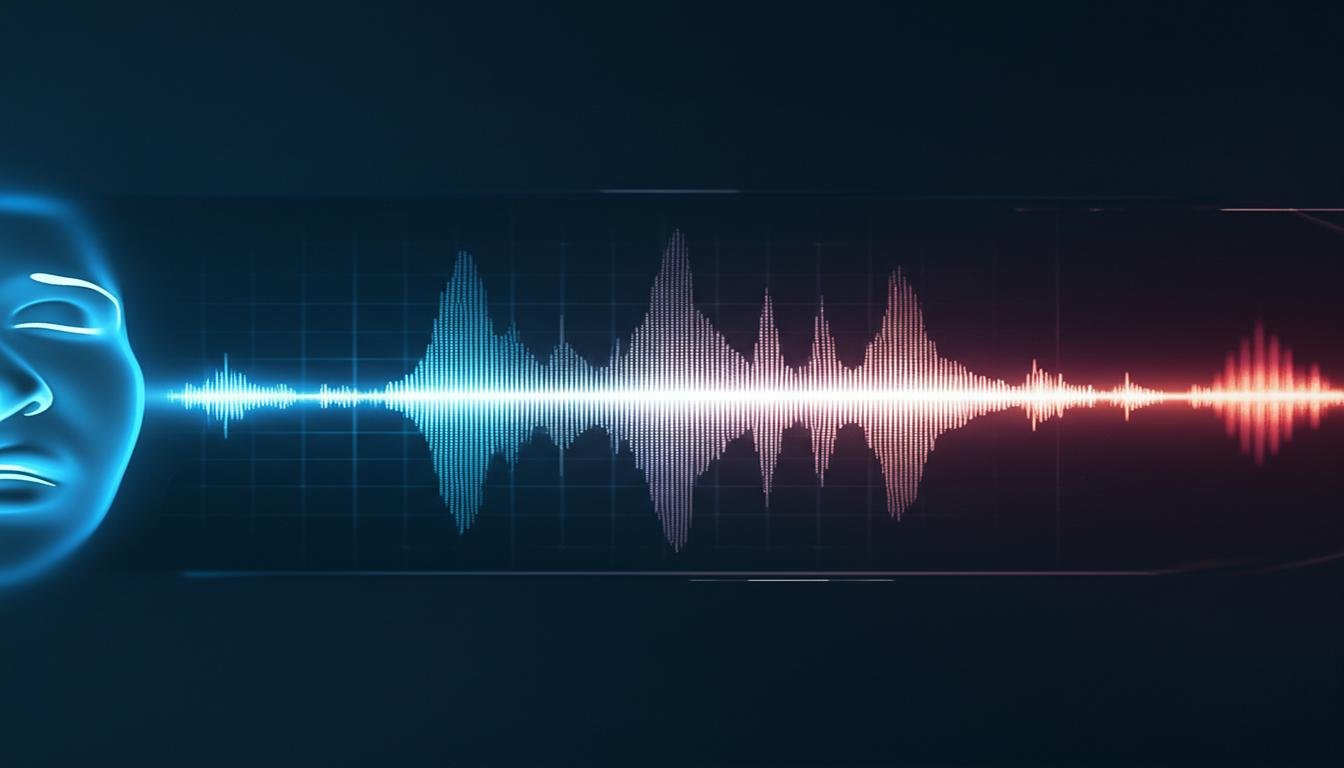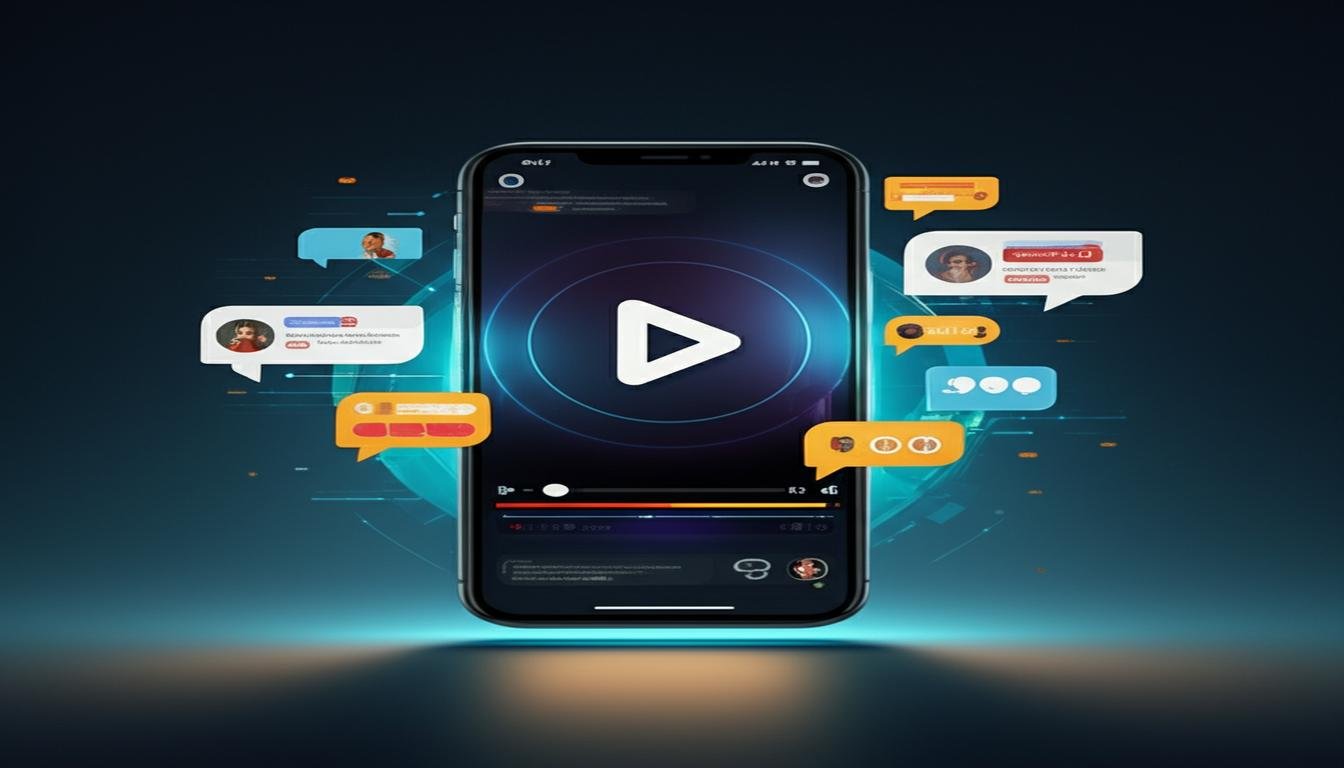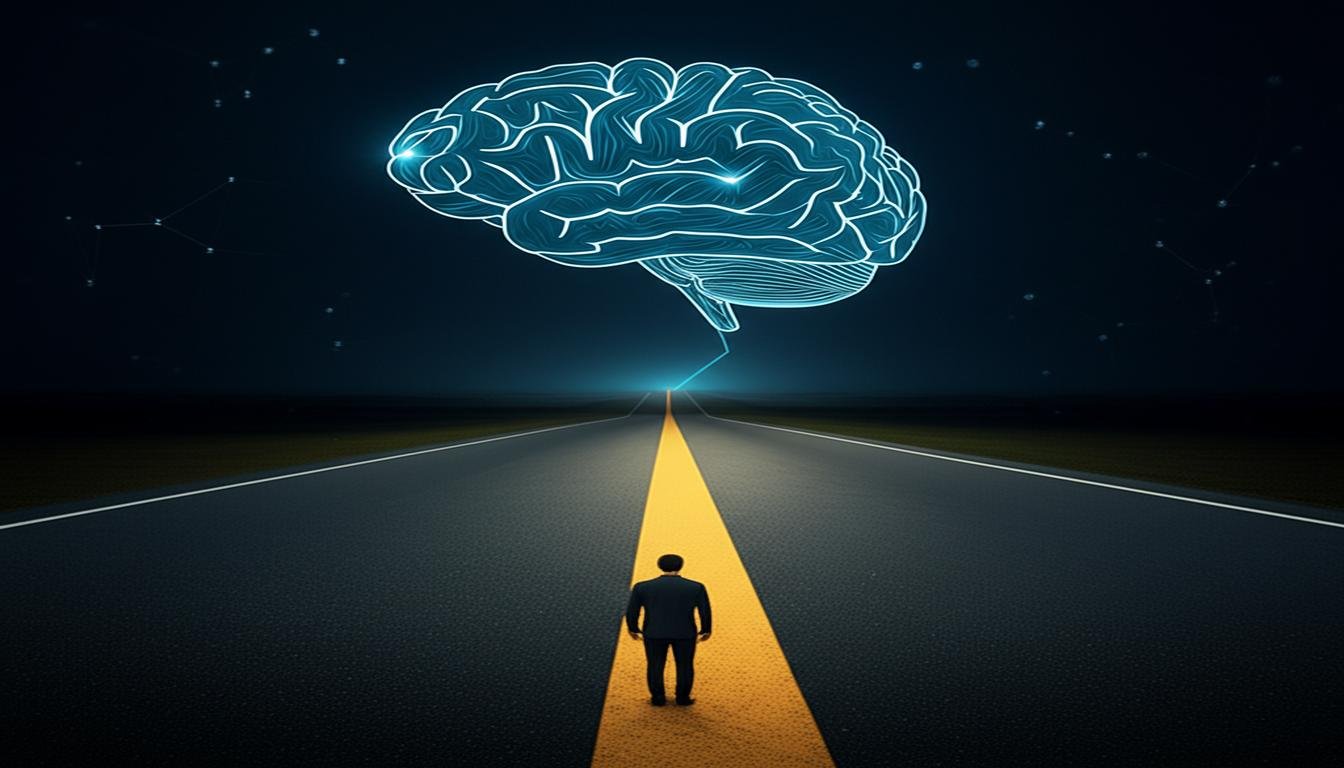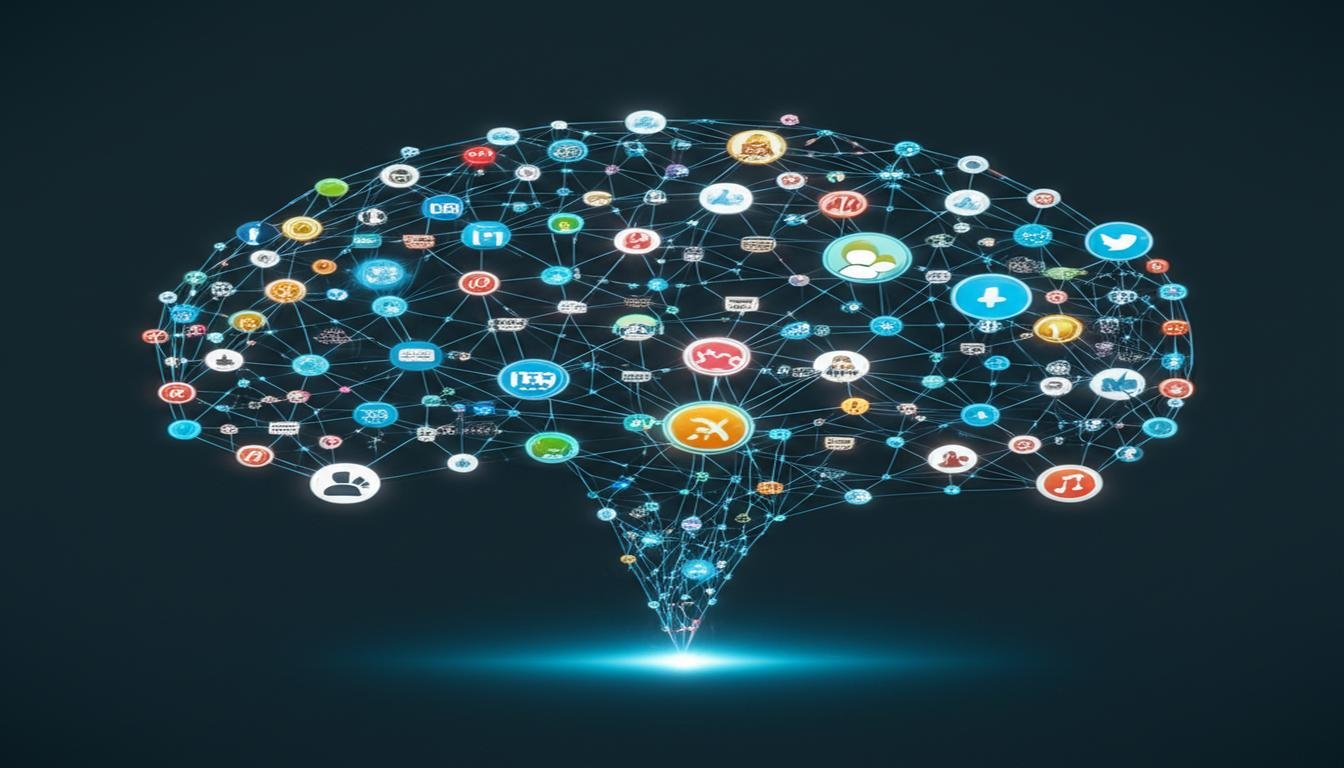When AI Uncovered a Secret: Years of Suffering End with a Glimmer of Code
Imagine living for years with mysterious symptoms, a constant ache, a cloud of fatigue, or strange pains that come and go. You visit doctor after doctor, undergo countless tests, and hear the same frustrating answer: “We don’t know what it is.” This isn’t just a hypothetical scenario; it’s the heartbreaking reality for millions worldwide suffering from undiagnosed rare diseases. But what if a new kind of detective, an artificial intelligence, could finally piece together the puzzle doctors missed?
It sounds like science fiction, but it’s becoming today’s medical breakthrough. Recently, a specific AI system did just that: it spotted a rare disease in a patient who had been searching for answers for over a decade. This isn’t about replacing human doctors, but empowering them with an incredible new tool.
Eleanor’s Decade-Long Diagnostic Odyssey
Take the hypothetical case of Eleanor. For twelve years, Eleanor battled a confusing array of symptoms: debilitating joint pain, extreme sensitivity to light, and episodes of intense fatigue that would leave her bedridden. Doctors suspected everything from lupus to chronic fatigue syndrome, but none of the treatments helped because no diagnosis truly fit. Each appointment was a fresh wave of hope, followed by another crushing disappointment. Her life shrunk as her condition remained a mystery.
Her medical file was a mountain of information: hundreds of lab results, imaging scans, specialist notes, and medication trials. A human doctor, no matter how brilliant, simply can’t process that volume of data and cross-reference every subtle detail against every known rare condition.
How the AI Stepped In
Enter the AI. This wasn’t just a simple search engine. It was a sophisticated machine learning program designed to sift through vast amounts of complex medical data. Here’s how it likely worked:
- Data Overload Management: The AI ingested Eleanor’s entire medical history – every test, every doctor’s note, every symptom she’d ever reported.
- Pattern Recognition: It then looked for subtle patterns, correlations, and anomalies that might not be obvious to the human eye. It compared Eleanor’s data to millions of other patient records and databases of known diseases, including the truly rare ones.
- Connecting the Dots: While a human might focus on one or two dominant symptoms, the AI could link seemingly unrelated data points across years of records, finding a signature that matched a specific, obscure genetic condition.
In Eleanor’s case, the AI highlighted a particular combination of seemingly minor lab abnormalities and a specific constellation of symptoms that, when viewed together, pointed directly to a condition so rare it might only be seen by a handful of specialists worldwide.
Why Did Doctors Miss It for So Long?
It’s easy to point fingers, but the truth is, the human brain has limitations. Doctors are incredibly skilled, but:
- Rarity Factor: Many rare diseases affect so few people that most doctors might never encounter a single case in their entire career.
- Symptom Overlap: Symptoms of rare diseases often mimic those of much commoner conditions, leading doctors down the wrong diagnostic path.
- Information Overload: Modern medicine generates an incredible amount of data. Keeping up with every new discovery and all patient information is a monumental task.
- Time Constraints: Doctors have limited time with each patient, making deep dives into decades of records challenging.
The AI doesn’t get tired, doesn’t get biased, and can process data at speeds impossible for a human. It’s a tireless, objective analyst.
The Future of Diagnosis: AI and Human Expertise
This success story isn’t about AI replacing doctors. It’s about a powerful collaboration. The AI identified the potential rare disease, but it was a human physician who then took that crucial insight, ordered targeted confirmatory tests, and ultimately delivered the diagnosis and treatment plan to Eleanor.
This partnership between advanced artificial intelligence and skilled medical professionals holds incredible promise for:
- Ending Diagnostic Odysseys: Giving patients quicker, more accurate diagnoses.
- Improving Patient Outcomes: Early diagnosis often means more effective treatment and better quality of life.
- Advancing Medical Research: AI can help identify new disease patterns and insights that fuel further research.
The ability of artificial intelligence to spot the needle in the haystack of medical data is a game-changer. It means less suffering for patients, more precise medicine, and a future where “undiagnosed” becomes a much rarer word in our vocabulary.
A New Era of Hope
Eleanor finally received a diagnosis and a treatment plan that directly addressed her specific condition. For the first time in over a decade, she had answers, and more importantly, hope. This groundbreaking application of AI in healthcare isn’t just about technology; it’s about giving back years of life to people who felt lost in the medical wilderness. It’s a testament to how intelligent machines, guided by human compassion, can illuminate the darkest corners of medicine and bring relief to those who need it most.









